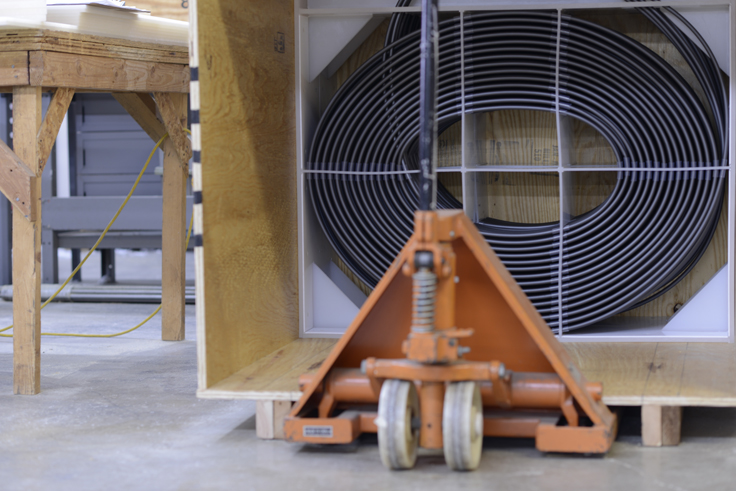What to Avoid when Choosing your Heat Exchanger
Heat Exchangers are invaluable tools integral to mitigating temperatures in sensitive systems, meaning many operations cannot possibly be completed without their installation. Not all exchangers are created equal, however, and taking risks with highly sensitive projects is never at the top of anyone’s list of goals.
Success is determined by dedication, perseverance, and utilizing the best tools for the job. In that case, the question becomes: “What qualities make for a good heat exchanger?” Before you spend any more money on equipment of potentially inferior quality, examine your prospective exchangers for the following flaws. If you find any of the listed faults, steer clear and look elsewhere:
Weld Joints
Obvious weld joints, especially ones that appear loose or weak, are a sign of poor craftsmanship. As heat exchangers are expected to endure harsh environments, improper welding could mean rapid degradation under aggressive conditions. Search for heat exchangers with strong weld joints that are few in number, or those which have no weld points at all.
Tube Bundling
Very few things create an even greater risk amongst heat exchangers than the process of bundling tubes. When weak tubing coils are not spaced properly, they fail to let acid flow effectively. This means that heat transfer will not be maintained efficiently, and severe fouling can occur.
Lack of Energy Efficiency
The efficiency of your heat exchanger could mean the difference between a project’s failure and success. As fouling increases, the amount of energy required to complete a task also grows. This type of inefficient blockage will continue to persist, despite efforts to stop it, unless you use the proper material for your tubes. Fluoropolymers such as PTFE, FEP or PFA, have a non-stick quality that makes for great heat exchanger tubing material due to decreased rate of fouling and their comparatively low cost.



